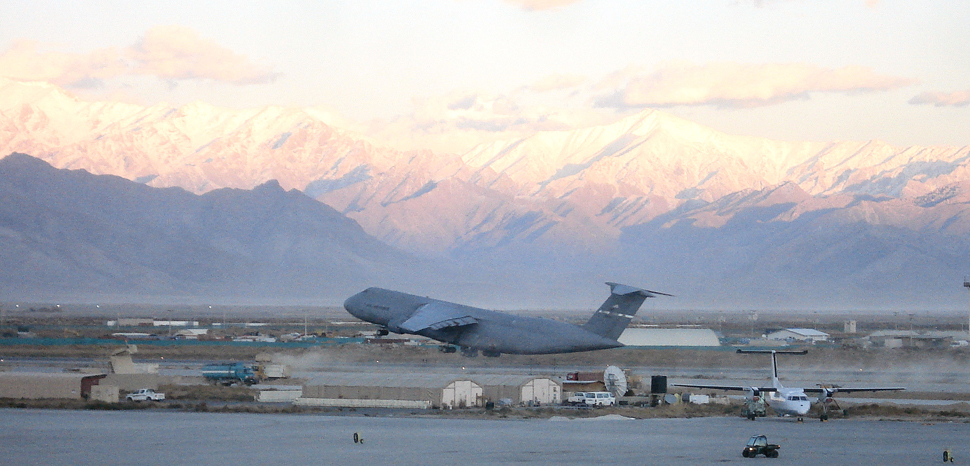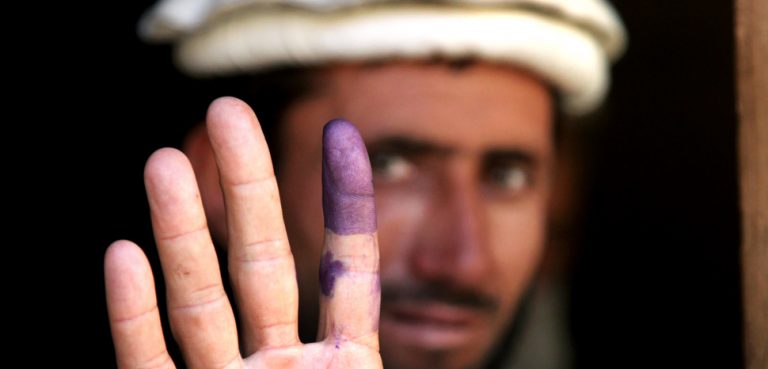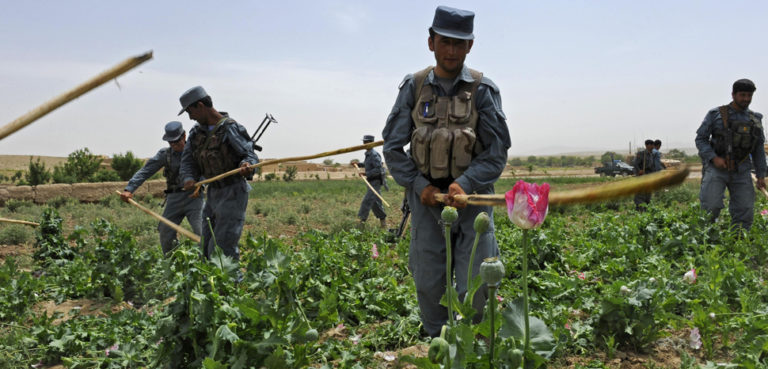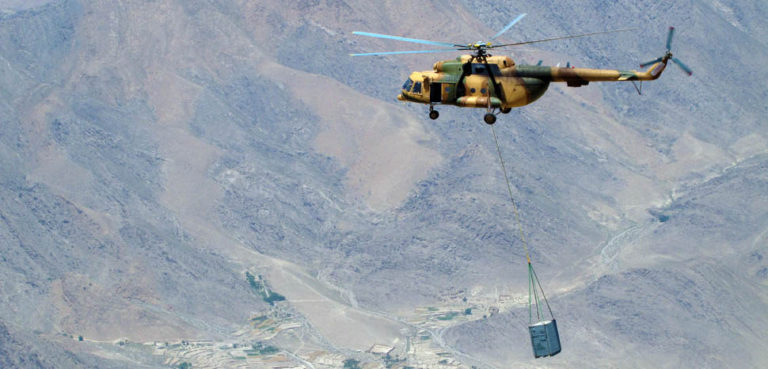Summary
The signing of the Paris Peace Accords ended US military involvement in Vietnam, paving the way for combat forces to be pulled out of the country by March 1973. Saigon fell just over two years later, in April 1975.
Recent developments in Afghanistan now have many asking: Can Kabul hope to last that long?
Background
The rate of the Taliban’s territorial consolidation has been swifter than even the most ardent pessimists were predicting.
The current offensive was launched on May 1. Originally the date was supposed to serve as the final deadline for a US troop withdrawal, as agreed to by the Trump administration, but President Biden overshot the original deadline citing logistical challenges. Now the official pullout date is September 11, 2021, but the vast majority of US and allied troops have already left the country – a fact that makes the Taliban’s successive military victories all the more disconcerting for officials in Kabul. Despite President Biden’s allusions otherwise, the Afghan security forces are very much on their own from here on out, with the closest US airbase being somewhere ‘over the horizon’ in the Persian Gulf, which means anywhere between 6-8 hours of flight time.
According to analysis from the Long War Journal (the US military has long since stopped publishing its own numbers), the Taliban has captured 80 of Afghanistan’s 400 districts within the past two months, bringing its total holdings to 188 districts – nearly one half of the country. Furthermore, among the 135 additional districts classified as ‘contested,’ central government control can oftentimes be either exceedingly tenuous or limited to a single, heavily-fortified forward base; in other words, the ground-level situation tends to be even more favorable for the Taliban than the above numbers suggest.
The swiftness of recent Taliban gains is a bad omen for Kabul, but even more concerning is the manner in which the victories came about, with platoons either laying down their arms or fleeing ahead of the Taliban advance. Just one Taliban operation in Badakshan – once a hotbed of anti-Taliban resistance – managed to push over 1,000 government troops across the border into Tajikistan over the course of several days, where they are now seeking asylum. Similar defections have occurred across the country, and social media is awash with videos of Afghan troops surrendering their arms and walking away from the battlefield, sometimes even being embraced by their Taliban adversaries and provided money for their trip home.
Elsewhere, districts have come under Taliban control without a shot being fired, as local leaders effectively negotiate a surrender hoping for favorable treatment under the presumed Taliban government to come. The high number of districts falling in such a way has led to speculation of a secret deal between central government figures and the Taliban – an interpretation that is presumably palatable than the more prosaic (and likely) alternative explanation of a cascading collapse in morale in the Afghan security forces.
Lucrative caches of US weaponry and materiel have passed into Taliban hands this way; in one instance, armored Humvees, pickup trucks, and hundreds of weapons were seized when the Taliban swept into the Shortepa district of Balkh province. Incidentally, having US military-issued weapons disappear into the ether of transnational conflict and trafficking networks is nothing new. For example, a 2009 New York Times article examined one skirmish and found that more than half of the ammunition being used by the insurgents against US forces was actually originally sourced from Pentagon procurement programs directed at the Afghan military. In the event of regime collapse, the resulting Taliban government would be exceptionally well-armed: Washington has spent around $88 billion on arming and equipping the Afghan security forces since the NATO invasion was launched in 2001. Judging by recent efforts by departing US troops to scrap all semi-usable equipment, instead of leaving it behind for their Afghan allies, it’s obvious that the contingency of total Taliban victory is weighing heavily on the mind of US military planners as well.
Forecast
A geopolitical disaster long foretold is now on the brink of being realized. Kabul hasn’t just lost the countryside to the Taliban; it handed it to them on a silver platter, favoring a strategy heavily reliant on turtling into forward bases while Taliban forces built up grassroots support in the surrounding countryside. The Afghan air force – traditionally the regime’s trump card in operations against the Taliban – is expected to be grounded within a matter of months for lack of on-site contractors to provide repairs and maintenance, and morale is crumbling among the various branches of the security forces. Even the vaunted Commando Corps, regarded as the best that the Afghan National Army has to offer, suffered a high-profile and demoralizing defeat in northern Afghanistan in late June, resulting in the deaths of 24 commandos.
Collapse appears to be a matter of time now, with some US intelligence sources estimating a lifespan of just six months for the Afghan government. However, there’s reason to believe that the civil war will stretch out longer than that. Though recent Taliban gains have surprised in their speed and breadth, many of the districts in question represented the low-hanging fruit of rural districts, which play to the Taliban’s strength and Kabul’s weakness. The Taliban will now need to start capturing more populated areas where the ANA has been amassing its defenses, and here the fate of provincial capitals will be telling, namely Kunduz, Ghazni, Lashkar Gah, and Kandahar (all of which are being fought over at time of writing). Warlord militias and former mujahideen groups have been activating and coming to the government’s assistance for fear of a Taliban takeover. And finally, though tactically hamstrung due to the distance of its Persian Gulf bases, there will be intense pressure on Washington to offer some kind of assistance to its beleaguered ally, if anything to prolong the inevitable outcome long enough to avoid the optics of being directly culpable for it.




